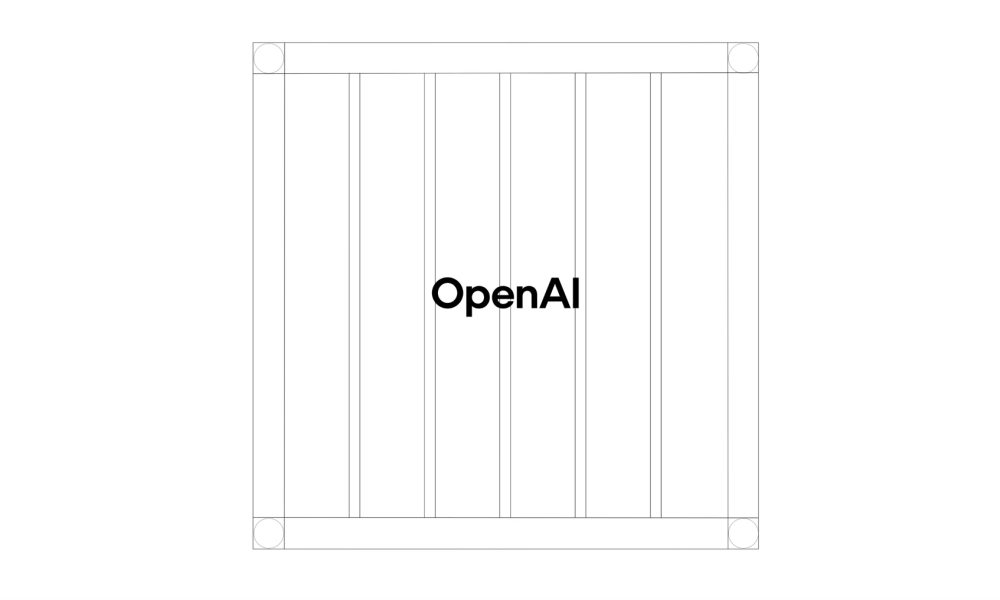Share Share Share Share Email In the rapidly evolving digital world, real-time data streaming has emerged as a transformative force, revolutionizing industries with its ability to process vast amounts of data instantaneously. Rajkumar Sekar , a leading researcher in the field, delves into the cutting-edge innovations shaping this technology. His work provides a deep insight into how artificial intelligence (AI), edge computing, and blockchain are redefining data streaming, paving the way for smarter and more efficient systems.
The Rise of Cloud-Native Platforms The advent of cloud-native platforms has significantly enhanced real-time data streaming, making it more scalable and reliable. These platforms employ distributed architectures that support high-throughput data processing, ensuring minimal latency. Modern cloud-native solutions are designed to handle millions of events per second, providing organizations with the agility needed to respond to real-time data flows.

This advancement has enabled seamless integration of various data sources, ensuring continuous and uninterrupted analytics. Edge Computing: Bringing Processing Closer to the Source Latency has long been a challenge in data streaming, but edge computing has emerged as a viable solution. By processing data closer to its source rather than relying on centralized cloud servers, edge computing reduces bandwidth usage while enhancing efficiency.
This approach significantly decreases response times, making it particularly valuable for applications requiring immediate action, such as autonomous vehicles and industrial automation. With up to a 75% reduction in network bandwidth consumption, edge computing is reshaping the landscape of real-time analytics. 5G Networks: The Backbone of Instantaneous Data Processing The implementation of 5G networks has unlocked new possibilities in real-time data streaming by drastically reducing latency.
With data transmission speeds reaching 20 Gbps and support for up to one million connected devices per square kilometer, 5G enables seamless data flow across industries. AI-Powered Real-Time Analytics Artificial intelligence and machine learning have elevated real-time analytics by providing predictive insights and automated decision-making. AI-driven analytics platforms optimize content delivery by dynamically adjusting parameters based on user behavior, reducing buffering and enhancing stream quality.
In industries such as healthcare, AI-powered monitoring systems have demonstrated the ability to predict patient deterioration, leading to a 44% reduction in mortality rates. The integration of deep learning models into streaming platforms ensures that businesses and organizations can leverage data for enhanced efficiency and user experience. Autonomous Decision-Making with AI Machine learning algorithms have further revolutionized data streaming by enabling autonomous decision-making.
In industrial applications, AI-driven predictive maintenance systems have significantly reduced equipment downtime while optimizing resource utilization. These systems analyze real-time sensor data to predict potential failures, leading to a substantial reduction in unplanned maintenance costs. Reinforcement learning models have also improved manufacturing efficiency, optimizing production line scheduling and reducing energy consumption by 25%.
Real-Time Streaming in Healthcare Healthcare has significantly benefited from real-time streaming, particularly in patient monitoring and predictive diagnostics. Real-time data from wearable devices and remote monitoring systems allows healthcare professionals to detect early signs of medical conditions, improving patient outcomes. Studies have shown that these technologies reduce unplanned hospital admissions and improve chronic disease management.
The ability to process and analyze patient data in real-time has led to more proactive and personalized healthcare interventions. Retail Optimization through Streaming Analytics Retail businesses are leveraging real-time data streaming to enhance customer engagement and inventory management. AI-driven recommendation engines analyze consumer behavior in real-time, offering personalized suggestions that improve customer retention.
Additionally, real-time analytics help retailers optimize supply chain operations, ensuring accurate demand forecasting and efficient inventory replenishment. Dynamic pricing strategies powered by real-time data allow businesses to adjust prices based on market trends, maximizing profitability. In conclusion,As real-time data streaming continues to evolve, the convergence of edge-to-cloud architectures and blockchain technology is expected to drive further innovations.
The adoption of AI-driven analytics will enable even greater automation, enhancing operational efficiency across industries. Security measures, including blockchain integration, will play a crucial role in safeguarding data integrity. Organizations that successfully leverage these advancements will gain a competitive edge in an increasingly data-driven world .
Rajkumar Sekar’s insights highlight the boundless possibilities of real-time data streaming, demonstrating how this technology is set to redefine digital transformation. With ongoing advancements in AI, edge computing, and blockchain, the future of real-time data streaming holds immense promise for businesses and consumers alike. Related Items: AI , Digital Frontier , Rajkumar Sekar Share Share Share Share Email Recommended for you Ensuring Fairness in Financial AI: A New Approach to Bias Detection Revolutionizing Healthcare with Cloud-Native Multimodal AI Systems Enhancing Trading Efficiency Through Human-AI Collaboration Comments.
Technology

Revolutionizing Real-Time Data Streaming: The Next Digital Frontier

In the rapidly evolving digital world, real-time data streaming has emerged as a transformative force, revolutionizing industries with its ability to process vast amounts of data instantaneously. Rajkumar Sekar, a leading researcher in the field, delves into the cutting-edge innovations shaping this technology. His work provides a deep insight into how artificial intelligence (AI), edge [...]The post Revolutionizing Real-Time Data Streaming: The Next Digital Frontier appeared first on TechBullion.















